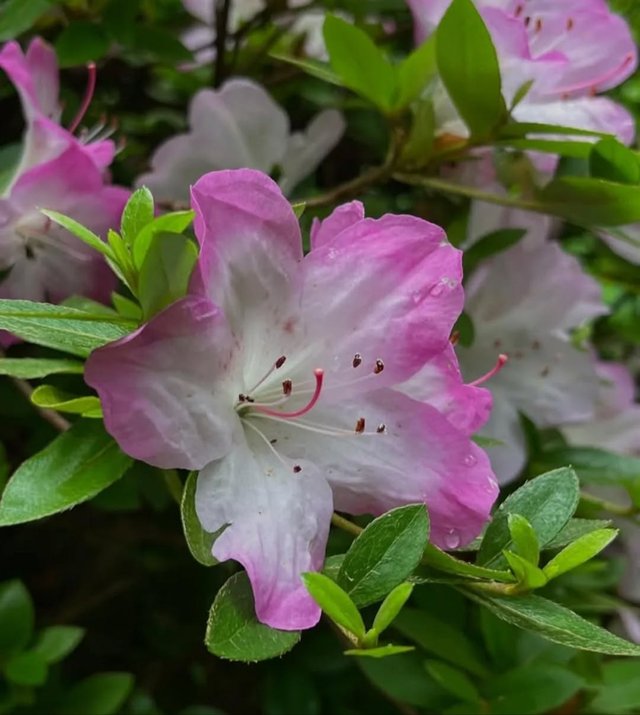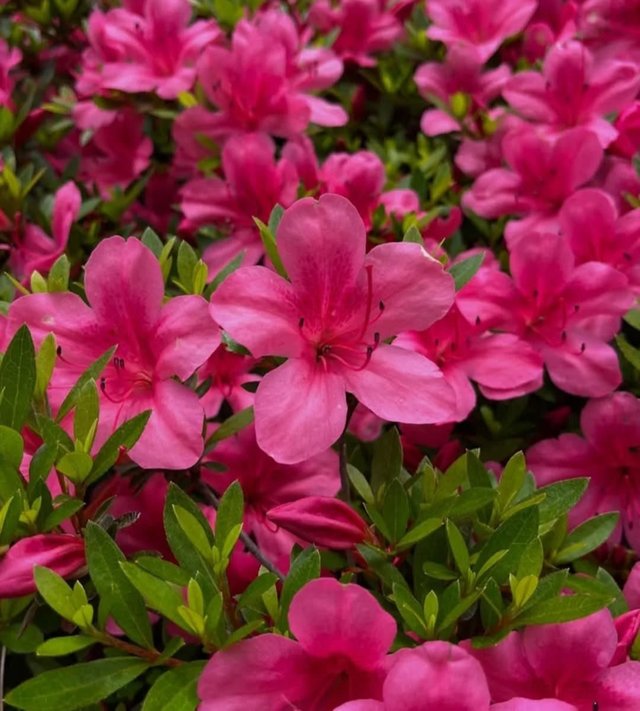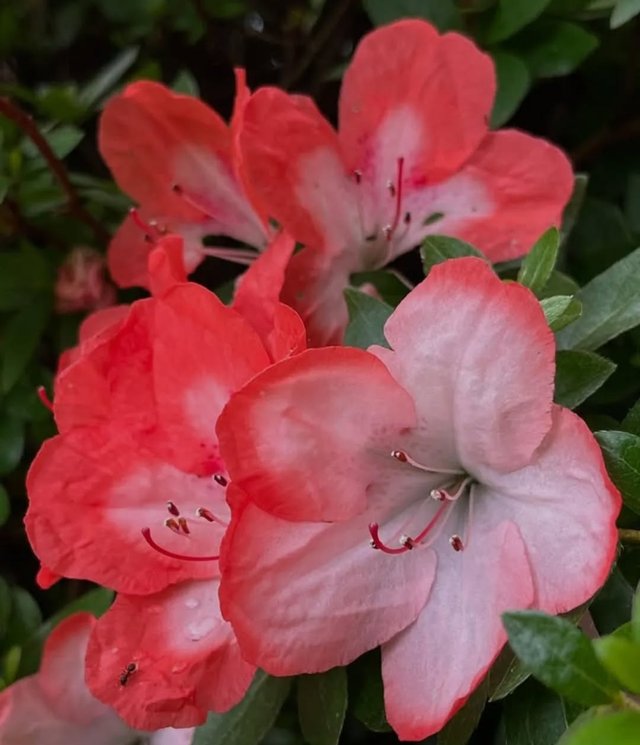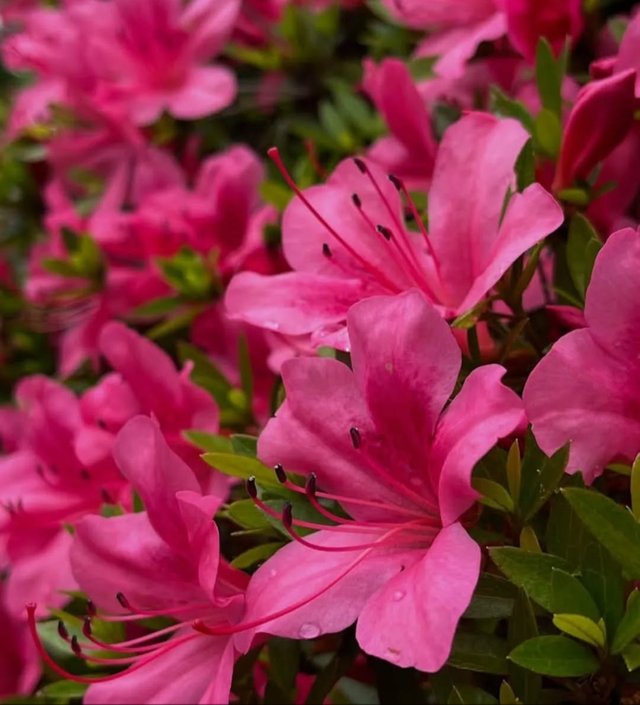Rhododendron Indicum So Amazing Flower
Rhododendron indicum: The Evergreen Beauty of Gardens and Bonsai Art
Rhododendron indicum, commonly known as the Satsuki azalea, is a popular evergreen shrub admired for its vibrant blossoms, ornamental foliage, and adaptability in garden landscapes and bonsai culture. Belonging to the Ericaceae family, this flowering plant has captivated gardeners and horticulturists for centuries, particularly in Japan, where it holds cultural and aesthetic importance.
Botanical Overview
Scientific Name: Rhododendron indicum
Family: Ericaceae
Common Names: Satsuki azalea, Indian azalea
Origin: Primarily cultivated in Japan, with roots traced to hybridizations of wild azaleas.
Type: Evergreen shrub
Height: Typically 1–2 meters in garden settings, though much smaller when cultivated as bonsai.
Appearance and Flowering
The plant is most celebrated for its spectacular flowers, which bloom in late spring to early summer.
Flowers: Large, funnel-shaped blossoms that come in shades of pink, white, red, purple, and sometimes bicolored or patterned varieties.
Leaves: Small, evergreen, and leathery, with a deep green hue that provides year-round ornamental value.
Growth habit: Compact and dense, making it ideal for hedges, container planting, and bonsai styling.
Cultural Significance
In Japanese horticulture, Rhododendron indicum holds a special place. It is highly prized in traditional gardens and is one of the most favored species for bonsai art. For centuries, Satsuki azaleas have been cultivated and selectively bred to produce extraordinary variations in flower form, color, and size.
During Satsuki festivals in Japan, enthusiasts display hundreds of cultivars, celebrating the diversity of this beloved shrub. Beyond its ornamental beauty, the plant symbolizes patience, dedication, and harmony with nature—qualities deeply embedded in Japanese gardening philosophy.
Cultivation and Care
Rhododendron indicum is adaptable yet requires attentive care to thrive:
Soil: Prefers acidic, well-drained soil rich in organic matter.
Light: Grows best in partial shade, avoiding intense midday sun that can scorch leaves.
Watering: Needs consistent moisture, but soil should not be waterlogged. Rainwater is often preferred to tap water, as the plant is sensitive to lime.
Thanks For Reading
Device Information
| Device | cannon eos 700D |
|---|---|
| Lens | 55-250 zoom leans |
| Location | Bangladesh |




